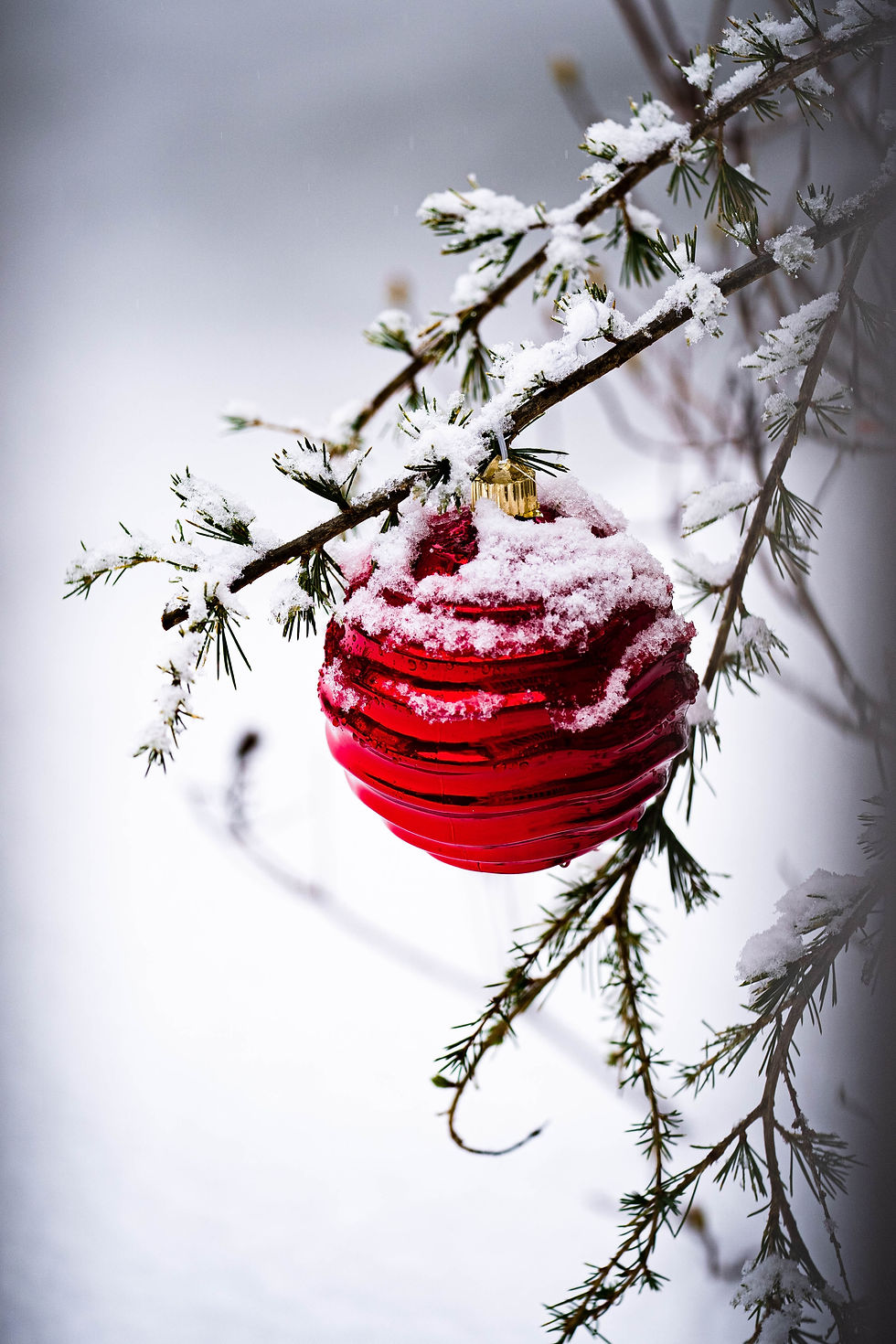Silk Fiber Yarns
- Shidonna Raven

- Aug 12, 2021
- 3 min read
Updated: May 14, 2023
Source: Textile School Photo Source: Shidonna Raven Patterns & Publications. All Rights Reserved. Copyright.
June 4, 2021
Silk is one of the oldest fibers known by humankind. It is a natural protein fiber, which has been used in textile manufacture for at least 5,000 years. About 90% of commercial silk fibers employed in the textile industry come from Lepidopteran silkworms from the Bombycidae family. In the textile industry, it is commonly referred to “mulberry silk”.
Nowadays, silk is considered a premier textile material in the world due to its high tensile strength, its shine and ability to bind chemical dyes. Despite facing keen competition from man-made fibers, silk has maintained its supremacy in the production of luxury apparels and high-quality specialized goods.
History
It was believed that an ancient Chinese princess was the first to discover the process for manufacturing silk fabric from the filament fiber produced by silkworms. Even though this was considered to be a legend, the first country to manufacture silk fabric was China. According to Kadolph, Langford, Hollen, and Saddler (1993), China was the only country producing silk for approximately 3,000 years before spreading to other Asian countries. Japan is currently manufacturing more silk than any other country in the world.
Growth
According to Chinese legend, around 2700 B.C. Empress Hsi Ling Shi [Sigh-Ling-She] sat under a mulberry tree drinking tea. She began playing with a silkworm cocoon and discovered it was made of a delicate thread. The Empress learned to spin the silk and to make luxurious fabric.
Archeological evidence indicates that silk production may have begun as early as 5000BC – that’s more than seven thousand years ago. Sericulture is the raising of silkworms and the production of silk. The ancient Chinese kept the details of sericulture a secret – a secret coveted by the rest of the world. Today silk is produced mostly in China, India, and Japan.
Silkworms, which are really caterpillars, are fed mulberry leaves, mulberry leaves, and only mulberry leaves. They never stop eating. That means feedings every four hours.
Harvesting
After 35 days of eating, the silkworm spins a cocoon of silk. It creates nearly a mile of filament! One can by hand, boil the cocoons, pick out the end of a silk filament, and thread it onto a reel. This work may also be done in a manufacturing plant. Several filaments are combined and wrapped on a reel creating a yarn.
Properties & Uses
The length of the silk is important in creating high-quality fabric. Long fibers make long, smooth surfaces, which is why silk reflects light and has that special luster we value. But, short fibers and broken fibers may also be spun to create lower quality fabrics.
For all its delicacy, silk is as strong as the wire of equal thickness. However, it deteriorates over time. As silk ages, it becomes dry and brittle and will literally fall to pieces in one’s hands. Much like shattered glass, silk will develop fissures, crumble, and fall off in chunks. Feeding all those hungry caterpillars is expensive – so silk fabric is expensive and used primarily in high-end apparel and furnishings.
Characteristics of Silk Fibers and Products
A protein fiber
Very long filament (up to a mile long)
Spun by a caterpillar called a silkworm (but not actually a worm).
Cultivated silk is from silkworms fed only mulberry leaves.
Most valued for its “silky” feel
Stronger than cotton or linen
Damaged by chlorine bleach
Sunlight can turn white silk yellow and weaken fibers
Absorbs moisture
Is resilient and elastic
Does build up static electricity
Dries quickly
Perspiration can deteriorate and discolor dyes
Requires delicate handling in cleaning
Expensive
Summary
Typically any knit or crochet pattern can be made with silk yarn. shop our patterns and select a pattern wear you can use the below luxurious silk fabric. Think carefully how you will use your finished project when selecting yarns. Cascade Yarns silk Hermitage yarns are one of our favorites. We made the Eastern Cowl with this yarn. Send us a picture of your project and let us know what you thought of the yarn.
When did you start crocheting? How long have you been crocheting? What will you crochet next...?
Share your answers with the community by posting them below. Share the wealth of information with your friends or family by sharing this article with 3 people today. As always you are the best part of what we do. Keep sharing.





Comments